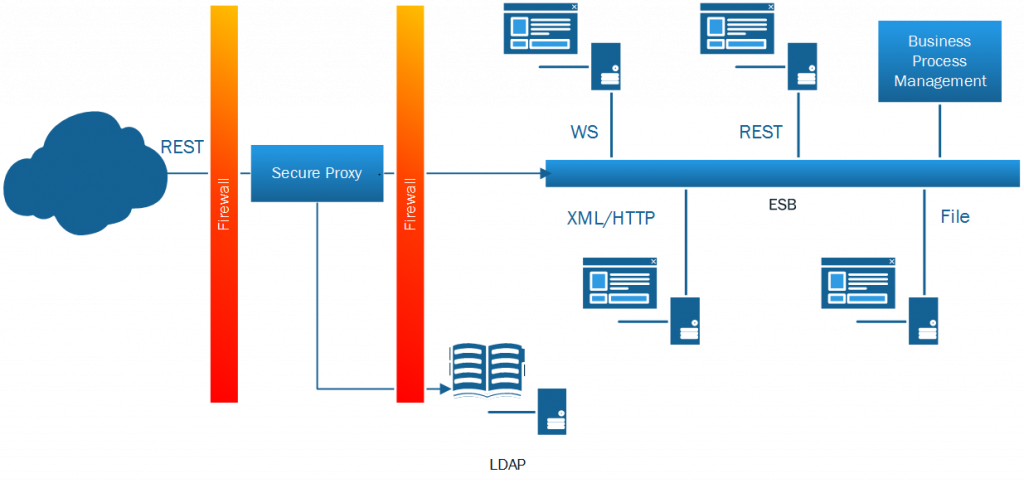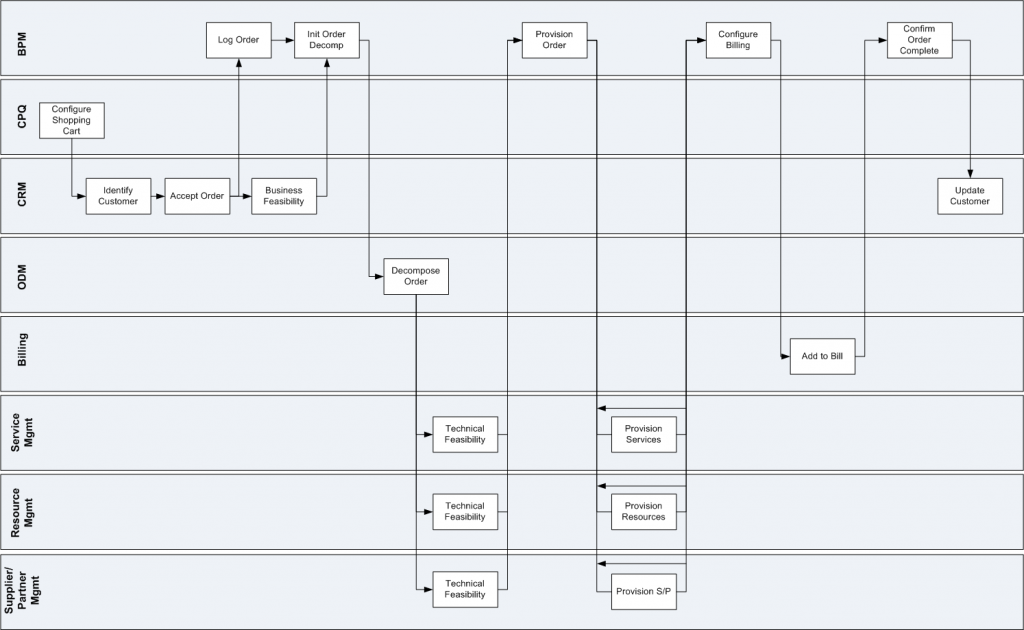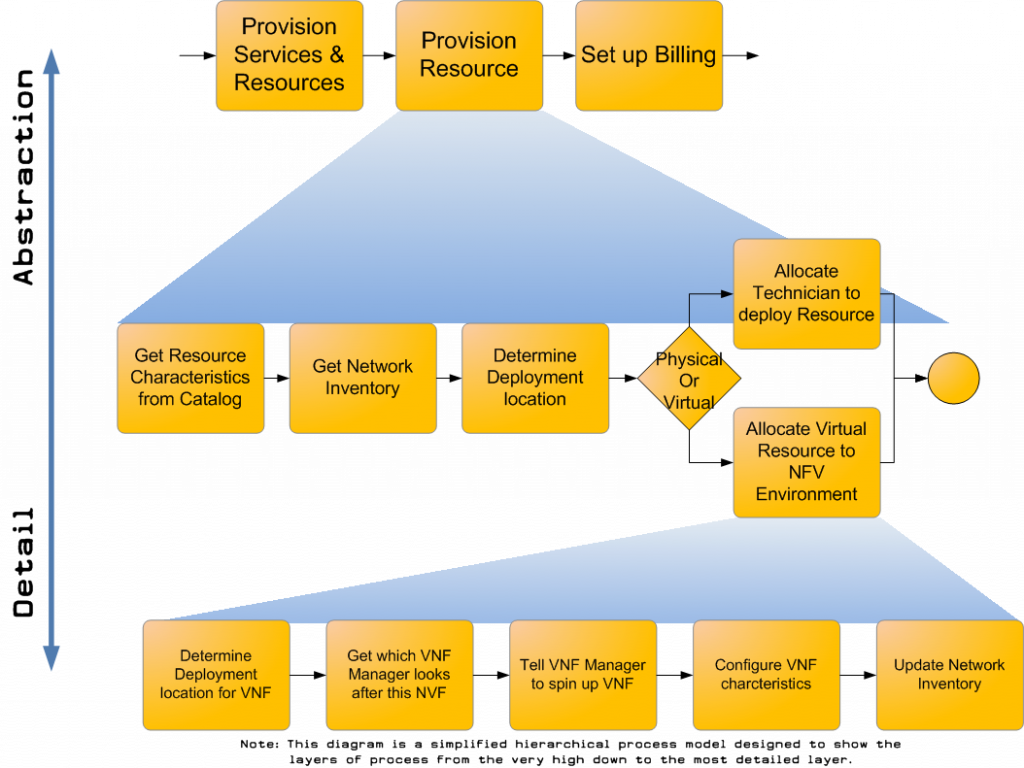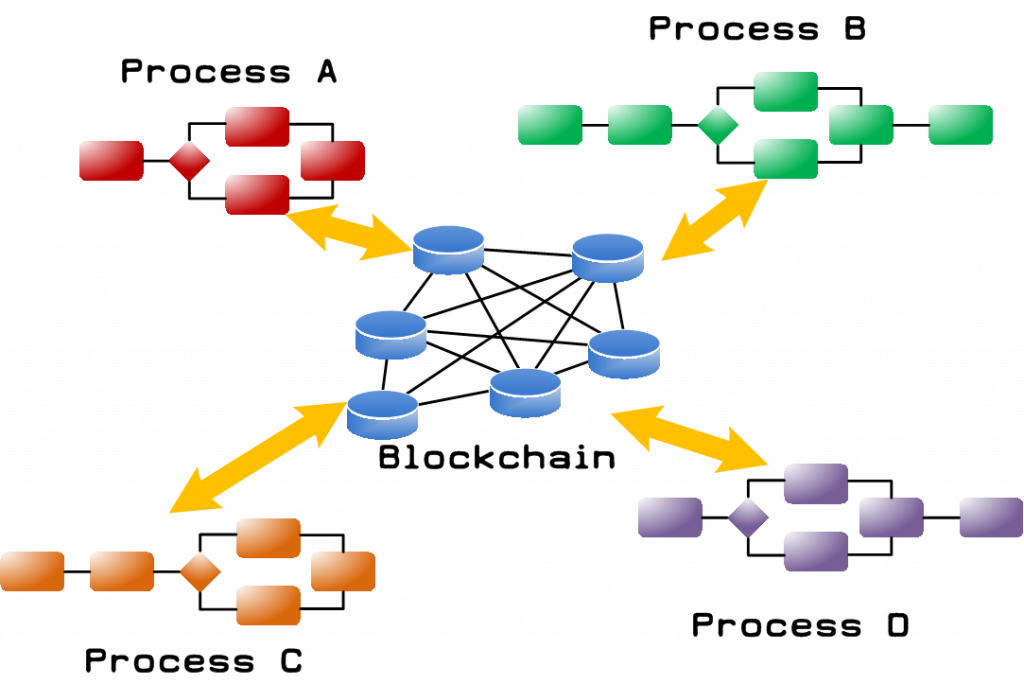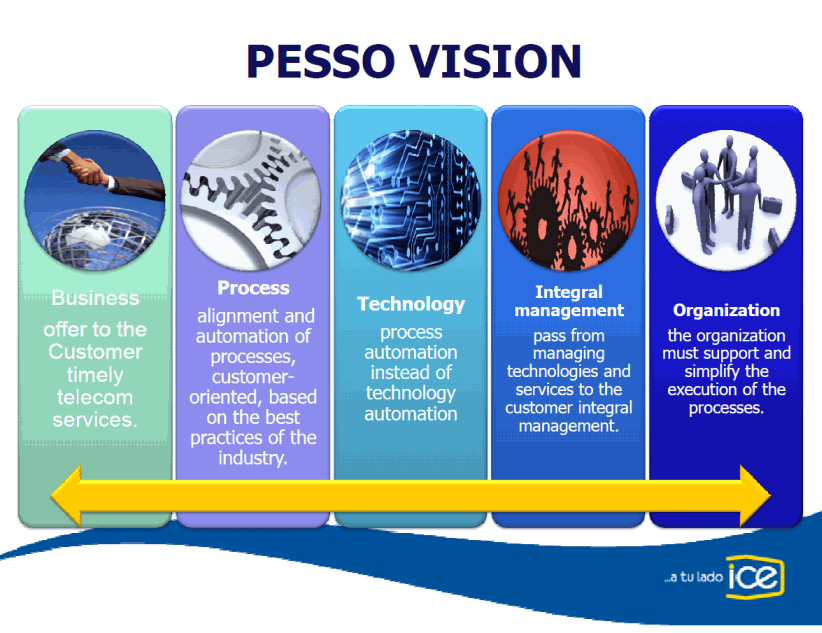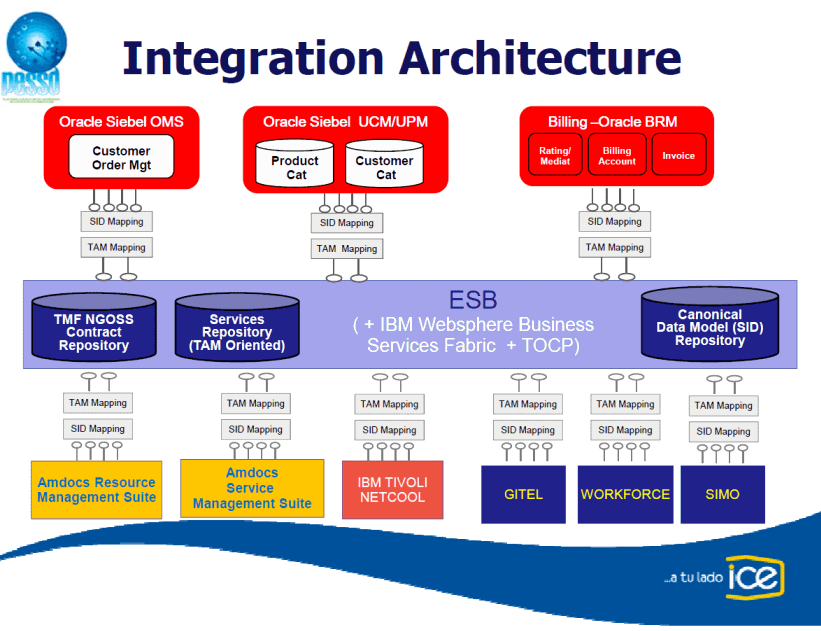Originally posted on 21Sep17 to IBM Developerworks (11,101 views)
An ex-colleague of mine (Violet Le – now the Marketing Director at Imageware) asked me about the drivers for Analytics in Telcos. I’ll admit that it’s a subject that I haven’t really given a lot of thought to – all the projects that I’ve worked on in the past that have included Analytics have had a larger business case that I was trying to solve… Marketing, Future Planning, Sales etc I’ve never worked on an Analytics project for the sake of analytics, nor have I designed a solution that was just (or mainly) analytics.
There is a definite value in analytics in providing an insight into how the business is running – to enable business to plan for the future and to manage how they run in the present. Both Strategic and Tactical cases for analytics would seem to me to be of value to any business. An analytics system that delivers insight into the business (customer behaviour, sales effectiveness, capacity usage and predictions etc) is great, but at the end of the day, a Telco needs to do something about that information/insight to actually deliver business benefits.
As I’m no analytics specialist, I wont’ try to describe how to define or build those systems. What I will try to do is to describe the bits around the analytics systems that make use of that insight to deliver real value for the CSP.
What are the business cases that I’ve seen?
- Sales & Marketing
- Driving promotions to to positively affect subscriber retention or acquisition… I did a project with Globe Telecom in the Philippines which was primarily aimed at driving SMS based outbound marketing promotions that are targeting based on subscriber behaviour. An example might be if a subscriber had a pre-paid balance less than (say) 5 pesos, and the subscriber topped up more than 20 pesos and less than 50 pesos, then send a promo encouraging the subscriber to top up by more than 100 pesos… all the interaction is via SMS (via a ParlayX SMS API)
- Back in 2013, I did an Ignite presentation at the IBM Impact Conference in Las Vegas – Here is the presentation (Smarter Marketing for Telecom – Impact 2013)
- Social networking analysis to determining who should be targeted. IBM’s Research group was pushing for years a Social Networking Analysis capability that looked at Social Networking connection to determine which subscribers are followers, which are community leaders and influencers and based on that assessment.
- Networks
- Ensuring utilisation of the network is optimised for the load requirements. I worked with a telco in Hong Kong that wanted to dynamically adjust the quality of service level to be delivered to a specific user based on their location (in real time) and a historical analysis of the traffic on the network. For example, if a subscriber was entering the MTR (subway) station and the analytics showed that particular station typically got very high numbers of subscribers all watching youtube clips at that time of day on that day of the week, then lower the QoS setting for that subscriber UNLESS they were a premium or post-paid customer in which case, keep the QoS settings the same. The rating as a premium subscriber could be derived from their past behaviour and spend – from a traditional analytics engine.
- Long term planning on network (SDN/NFV will allow Networks to be more agile which will reduce the need for traditional offline analytics to drive network planning and make the real time view more relevant as networks adapt to real time loads dynamically … as traffic increases in particular sections of the network, real time analytics and predictions will drive the SDN to scale up that part of the network on demand. This is where new next gen AI’s may be useful in predicting where the load will be int he network and then using SDN to increase capacity BEFORE the load is detected… read Watson from IBM and similar….
A few years ago, a number of ex colleagues (from IBM) formed a company on the back of real time marketing use case for Telcos and since then, they’ve gone ahead in leaps and bounds. (Check them out if you’re interested, the company name is Knowesis)
Do you have significant use cases for analytics in a CSP? I’m sure they are and I’m not claiming this is an exhaustive list – merely the cases that I’ve seen multiple times in my time as a solution architect focused on the telecommunications industry.


